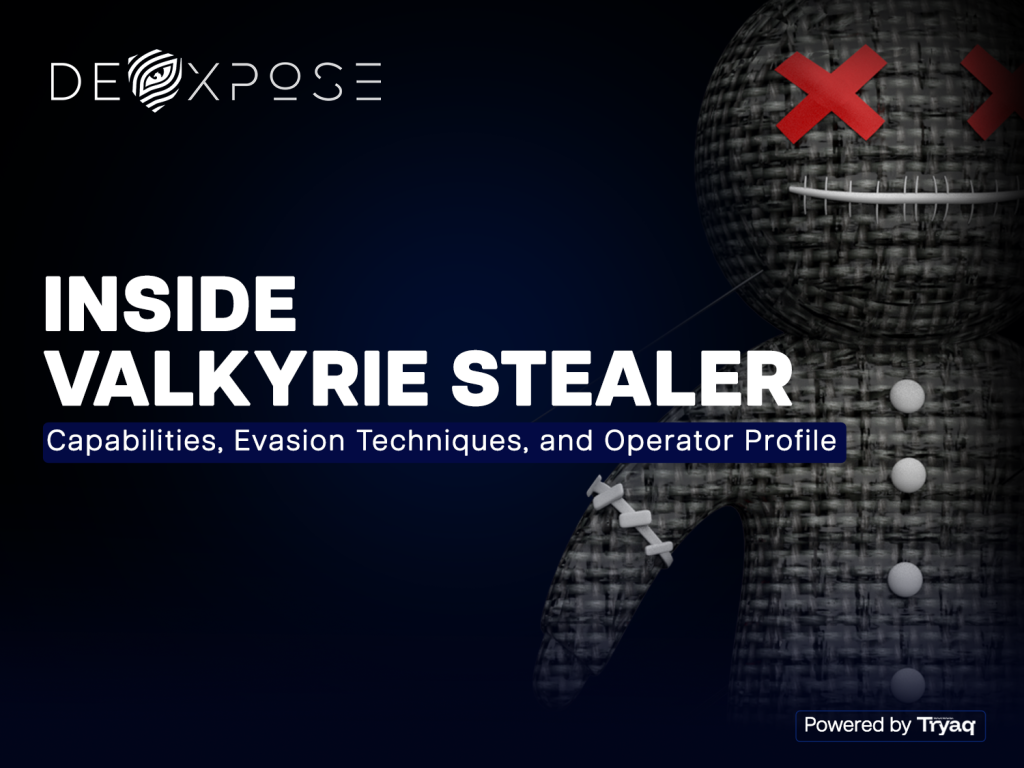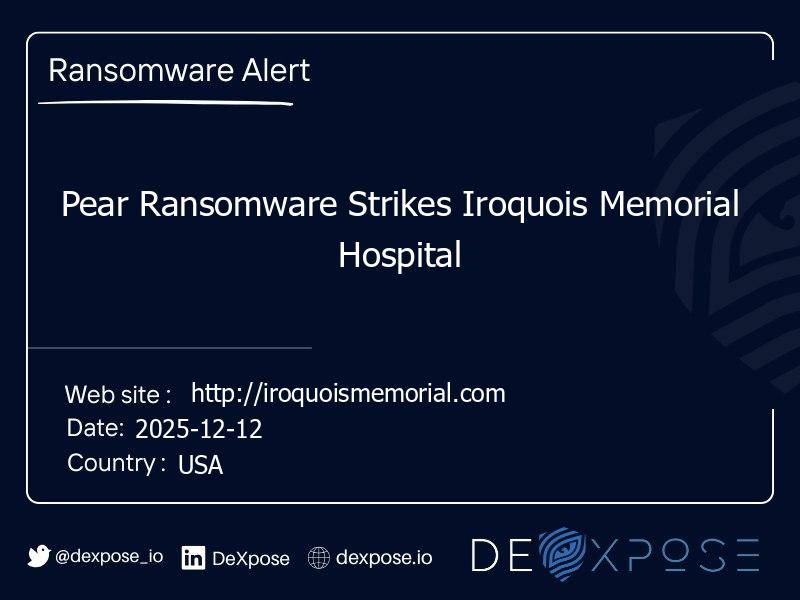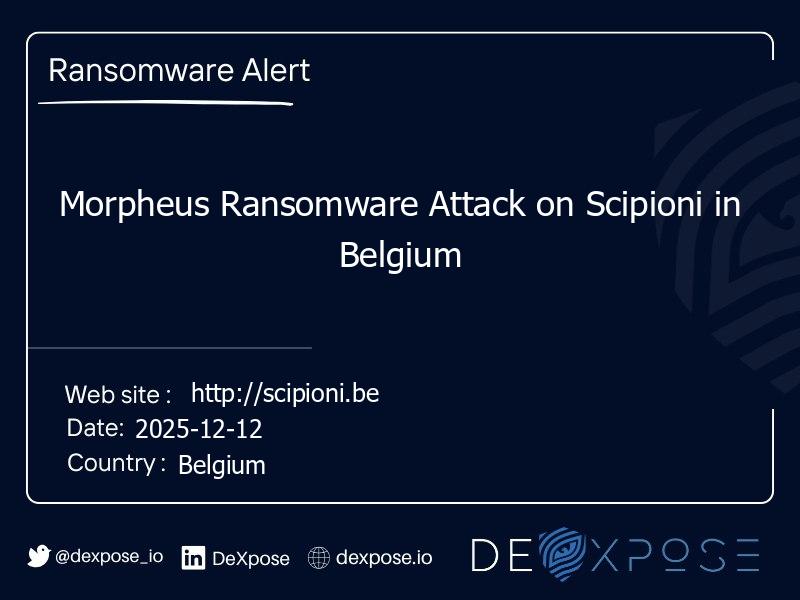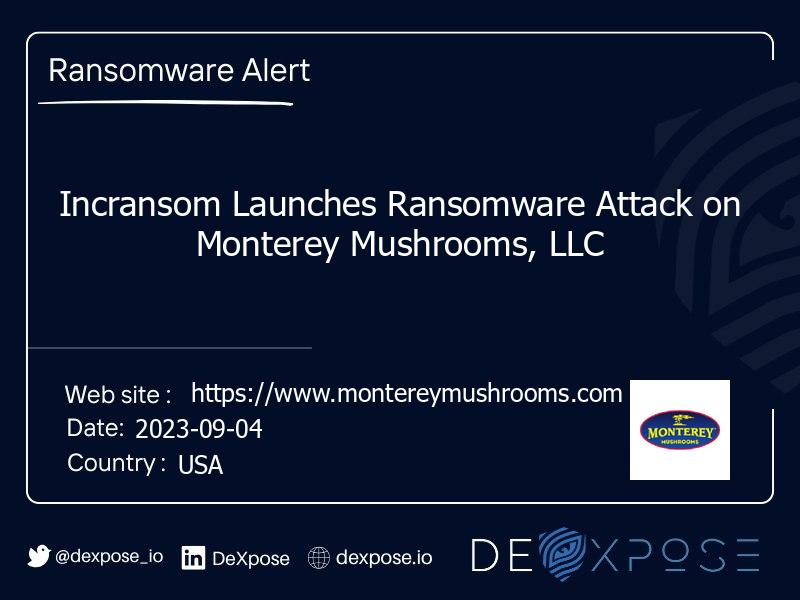In an era where identity is often the fastest route to compromise, Credentials Leak Detection must be a frontline capability for any Security Operations Center (SOC) that intends to be breach-ready. Detecting when usernames, passwords, API keys, or session tokens are exposed whether on paste sites, public repositories, or the dark web shortens the window attackers have to exploit those assets and reduces the blast radius of breaches. This post provides a practical, step-by-step blueprint SOC teams can use to design, implement, and operationalize high-fidelity credentials leak detection that ties into investigations, containment, and continuous improvement.
Why Credentials Leak Detection matters for modern SOCs
Attackers rarely need 0-day exploits when valid credentials are available. Stolen credentials accelerate lateral movement, privilege escalation, and data exfiltration and detection often lags behind abuse. For breach-ready SOC teams, early detection of leaked credentials transforms reactive incident response into proactive containment. That change in posture reduces dwell time, lowers remediation cost, and preserves customer trust.
Key benefits:
- Shorter mean time to detect (MTTD) for credential-based intrusions.
- Faster containment of compromised accounts and services.
- Better prioritization of response efforts based on credential criticality.
How credential leaks happen common real world scenarios
Understanding common leakage vectors helps SOCs scope detection sources and tune telemetry.
Typical leakage sources
- Code repositories: accidentally committed secrets in GitHub, GitLab, or Bitbucket.
- Paste sites & forums: tokens and dumps posted publicly for sale or boasting.
- Compromised third-party vendors: partner breaches exposing shared credentials.
- Phishing & malware: harvested credentials later published or sold.
- Misconfigured cloud storage: public S3 buckets, GCS, or Azure Blobs with secrets.
Common attacker workflows
Attackers frequently use credential stuffing against multiple services, taking advantage of password reuse. Rapid detection of a leaked credential reduces the chance that the same credentials will be reused across your environment.
Core components of a practical credentials leak detection program
To be operationally sound, detection must be continuous, prioritized, and connected to response workflows.
1. Data collection & telemetry
Aggregate multiple sources: public paste sites, code search, open-source intelligence (OSINT), breach feeds, and dark web monitoring. Broad coverage increases signal; smart enrichment reduces noise.
2. Intelligence enrichment and scoring
Every hit should be enriched with context: asset owner, environment (prod/test), privilege level, last used timestamp, source credibility, and observed patterns of abuse. Assign a risk score so analysts can prioritize high-impact leaks first.
3. Automation & orchestration
Automate verification (is the credential still right?) and initial containment tasks (rotate secrets, deactivate accounts, revoke tokens) via SOAR playbooks. This avoids manual delays and reduces human error.
4. Human review & tuning
Analysts must be able to triage, validate, and escalate. Ongoing tuning reduces false positives and improves the detection model over time.
Compromised Credentials Monitoring: the frontline detection layer
Compromised Credentials Monitoring is the practice of constantly searching for your organization’s credentials across public and private leak sources, correlating hits with internal identity stores, and acting quickly when a match is validated. For SOC teams, it’s not enough to receive a raw dump — monitoring must provide remediation guidance and integration points to enforce secrets rotation and lockouts.
Best practices
- Map every credential to the owner and environment (dev, staging, production).
- Prioritize high-privilege accounts and production-facing services.
- Verify credibility (did the leak include proof of access or just claims?).
Dark web sourcing including Free Dark Web Report and the role of paid feeds
Dark web monitoring gives insight into credential brokers and trend signals. While free dark web report services can provide occasional helpful leads, they often lack timeliness and depth. Paid darkweb report feeds and brokered OSINT typically deliver higher fidelity, richer context (e.g., proof of access, screenshots), and integration-friendly formats for SOC ingestion.
Operational note: Treat any dark web hit as intelligence validate credentials against internal authentication events before triggering full containment to avoid unnecessary disruption.

Data Leak Prevention and secrets hygiene
Data Leak Prevention is only half of the picture ; detection complements prevention. Implement code scanning, pre-commit hooks, and CI/CD secrets scanning to catch leaks before they reach production. Combine these preventive measures with detection so you have both before- and after-production visibility.
Preventive controls
- Secrets scanning in repositories and pipelines.
- Least privilege and short-lived credentials.
- Centralized secrets management and rotation automation.
Detection techniques and tooling what works in practice
To build detection that scales, SOC teams commonly use a hybrid stack of open-source tools, commercial feeds, and native cloud telemetry.
Key techniques
- Credential validity checks: automated login attempts against controlled endpoints (carefully rate-limited and authorized) to confirm theft.
- Search & fingerprinting: matching hashed credentials, username patterns, and token formats.
- Behavioral correlation: tie leaked credentials to anomalous login patterns (geo, device, time).
- Threat intelligence correlation: link leaks to known threat actors or campaigns.
Tool categories
- Dark web monitoring services (commercial + free alerts).
- Repository scanning tools for code (pre-commit and scheduled scans).
- SIEM & UEBA will correlate leak hits with authentication anomalies.
- SOAR to automate verification and remediation.
Building a breach ready SOC playbook for credential leaks
A playbook turns alerts into decisive action. Below is a stepwise operational playbook SOCs can adopt.
Step 1 Triage & validation
- Enrich the alert (owner, environment, privilege).
- Check authentication logs for use of the credential.
- Attempt safe, authorized credential verification if policy allows.
Step 2 Containment
- Immediately disable or rotate the exposed credential if it’s valid.
- If rotation isn’t possible, revoke or block associated access and force multifactor authentication.
Step 3 Investigation
- Hunt for lateral movement using the credential’s last known activity.
- Identify possible initial compromise vector (phish, leaked repo, vendor).
Step 4 Remediation
- Rotate secrets, reset passwords, and reissue tokens.
- Patch the root cause (CI/CD misconfiguration, S3 policy, etc.)
Step 5 Communication & compliance
- Notify stakeholders (identity owners, application teams).
- If personal data was exposed, follow breach reporting obligations.
Quick checklist
- Map the credential → owner → environment.
- Verify whether the credential is currently valid.
- Rotate or revoke immediately for high-risk assets.
- Document the incident and strengthen preventive controls.
Practical playbook snippets for automation
- Enrich alert with asset owner and last authentication event.
- Auto-validate credentials in a sandbox test endpoint.
- If verified, trigger secrets manager rotation and open a ticket for owner confirmation.
- Send an escalated alert to the SOC analyst for a lateral movement hunt.
Automating these steps dramatically shortens time to containment while preserving analyst bandwidth for complex investigations.
Measuring effectiveness KPIs and continuous improvement
Operational metrics help prove value and guide investment.
Recommended KPIs
- Mean time to detect (MTTD) specifically for credential-related incidents.
- Mean time to remediate (MTTR) for exposed credentials (rotate/revoke).
- Percent of high-privilege exposures caught before abuse.
- False positive rate of leak alerts and triage burden per analyst.
Use leak detection metrics alongside broader data breach detection KPIs to show how credential-focused efforts reduce successful data exfiltration incidents.
Developer enablement and training
Detection succeeds when developers adopt secure practices. SOCs should support and measure developer security efforts.
Key actions
- Provide developer security training on secrets management and safe commits.
- Integrate secrets scanning into pull request checks.
- Offer clear playbooks for rotating credentials when leaks are found.
Developer training reduces accidental exposures and supports rapid, coordinated remediation when leaks occur.
Risk Communication and Brand Protection
Credential leaks affect more than systems; they erode customer trust and brand reputation. Explicitly include Brand Protection teams in playbooks for high-profile incidents. Prepare public messaging templates and legal/compliance checks in advance to ensure consistent, timely responses.
Considerations
- Coordinate cross-functional response (PR, Legal, Product).
- Use leak detection timelines to drive disclosure decisions.
- Track customer impact and remedial actions for transparency.
Common pitfalls and how to avoid them
- Treating every hit as critical: Not all leaks are equal. Prioritize based on privilege and likelihood of abuse.
- Over-reliance on free feeds: Free dark web reports can produce noise; combine with internal telemetry for validation.
- Manual-only workflows: Without automation, detection-to-remediation latency will be too slow. Implement SOAR playbooks.
- Poor inventory & ownership mapping: If you can’t map secrets to owners, containment stalls.
Integration checklist security stack alignment
Ensure these integrations for a cohesive agenda:
- Dark web feeds → SIEM for correlation.
- Repository scanners → CI/CD pipelines.
- Secrets manager → SOAR for automated rotation.
- IAM logs → UEBA for behavioral detection.
- Ticketing system → Incident records and SLA tracking.
Case study vignette
A mid-sized SaaS company discovered an API key leaked in a public repository. Using Dexpose dark-web monitoring, the leak was flagged, and SOAR automatically attempted a safe validity check, confirming the key was active. The playbook rotated the key within 12 minutes, disabled any sessions tied to the key, and a follow-on hunt found no evidence of lateral movement. Because the credential was tied to a test environment and owner mapping was accurate, remediation was rapid and customer impact negligible.

Governance, policy, and continuous learning
Make credentials leak detection part of organizational policy:
- Mandate centralized secrets management and short token lifetimes.
- Define SLAs for detection, validation, and rotation.
- Include leak detection drills in tabletop exercises.
- Review and refine detection rules quarterly based on incidents.
Conclusion
Code leak prevention and credentials leak detection are not single tools or feeds; they are integrated capabilities that blend external intelligence, internal telemetry, automation, and human expertise. For breach-ready SOC teams, the goal is to turn raw leak signals into rapid, prioritized action, rotating secrets, disabling access, and hunting for follow-on activity. By aligning monitoring with developer training, secrets hygiene, and happening orchestration, SOCs can sharply reduce the window of opportunity for attackers and protect both systems and brand reputation.
Frequently Asked Questions
Q1: What is credentials leak detection, and why is it critical?
Credentials leak detection is the continuous search and validation of exposed usernames, passwords, tokens, and keys across public and private sources. It’s critical because it shortens the time attackers have to exploit leaked credentials and reduces breach impact.
Q2: How quickly should a leaked credential be rotated or revoked?
High-risk credentials should be rotated or revoked immediately upon verification — ideally within minutes through automated playbooks. For lower-risk items, prioritize based on privilege and usage patterns.
Q3: Are free dark web reports useful for SOCs?
Free dark web reports can provide occasional leads but often lack depth and timeliness; they’re best used as one signal among richer paid feeds and internal telemetry.
Q4: How do you avoid false positives from leak feeds?
Enrich alerts with asset ownership, authentication logs, and automated validity checks; tune scoring thresholds and involve human review for ambiguous cases to reduce analyst burden.
Q5: Can developer training reduce credential leaks?
Yes. Developer security training combined with CI/CD scanning and secrets management reduces accidental exposures and shortens remediation when leaks occur.







